Environmental Science
Topic outline
-
Welcome to Environmental Science (Course #)!
Course Introduction
This course provides an overview of environmental science principles, important global concerns, and current issues in Louisiana. This course provides a brief history of environmental ethics, eco-friendly resource utilization such as water, soil, air, renewable and non-renewable energy, environmental preservation, principles of biodiversity, and ecological conservation. There is an emphasis on fundamental principles of resource socioeconomics, energy and sustainability, water and land, green best practices for effective conservation, applicable case studies, and environmental health.
Upon successful completion of this course, the student will be able to:
- Chapter 1: Introduction [Course Learning Objective: Explain the interdisciplinary nature and sustainability principles of environmental science.
- Chapter 2: Water, Soil, and Air [Course Learning Objective: Explain how air quality management is important for a clean and healthy atmosphere.]
- Chapter 3: Biodiversity [Course Learning Objective: Discuss the factors impacting biodiversity at the local, national, and global levels.]
- Chapter 4: Renewable and Non-renewable Energy Sources [Course Learning Objective: Differentiate between the positive and negative aspects of nonrenewable and renewable energy sources.]
- Chapter 5: Biodegradable and Non-Biodegradable Waste [Course Learning Objective: Critique overall waste management strategies taken by government agencies and non-profit organizations.]
- Chapter 6: Environmental Hazards and Toxicology [Course Learning Objective: Describe various types of environmental hazards and toxins and their effect on biota].
- Chapter 7: Biochemical Cycles [Course Learning Objective: Describe or explain various concepts involved in nutrient cycling.
- Chapter 8: Global Climate and Greenhouse Gases [Course Learning Objective: Describe or explain how human activities contribute to the influx of greenhouse gases in the Earth.
- Chapter 9: Impact of Environmental Health on Public Health [Course Learning Objective: Explain how environmental health affects public health]
- Chapter 10: Global Nutrition, Starvation, and Malnutrition [Course Learning Objective: Explain factors that influence global nutrition, starvation, and malnutrition.]
- Chapter 11: Environmental Justice [Course Learning Objective: Reflect on the role of humans regarding environmental justice.]
Structure of the Course
This course has 11 educational modules addressing the major concepts in environmental science. Each module includes a link to the corresponding Pressbook chapter, an assignment, and a discussion post. There are 2 additional modules for the midterm exam and final exam. Please feel free to add modules and materials as needed.
Navigating the Course
This course is set up in Modules covering various topics which may be accessed from the course navigation menu on the left or by scrolling below. Modules may be collapsed in the menu and it the body of the course to minimize scrolling. Each module includes the relevant chapters followed by various activities, which may include discussion forums, listening activities and quizzes, practice quizzes, module tests, and other relevant activities as appropriate for each module. Many items are required and may be marked as completed automatically when the activity has been submitted (the broken check box), but others will be marked as done by the student (the solid check box).Please move through the items below and continue through the Learner Support and Getting Started modules before moving on to Module 1. Be sure to check for announcements and due dates to stay on track.
 This course and its contents are licensed under a Creative Commons Attribution 4.0 International License by LOUIS: The Louisiana Library Network, except where otherwise noted.
This course and its contents are licensed under a Creative Commons Attribution 4.0 International License by LOUIS: The Louisiana Library Network, except where otherwise noted. -
This module contains all the items you should review and complete before you begin Module 1. Before moving on, be sure to:
- Check the News and Announcements Forum
- Read the Course Syllabus
- Introduce yourself to the class
- Read the instructions for the Q & A Forum
Good luck in the course!-
Use this forum to tell us a little about yourself and your interests. Some topic ideas:
- What is your field of study/research interest or concentration?
- What are you most interested in learning about in this class and why?
- Have you ever taken an online class before?
- Any other information you would like to share with your classmates, such as special interests or activities.
Post a picture! We look forward to meeting you.
-
Use this forum to ask your instructor any questions you have about the course. You may post at any time, and your instructor will respond here. Be as specific as possible.
Please keep in mind that others can see your posts, so do not post any personal information. If you have questions about your grade, please email your instructor directly. You can expect a response to posts and emails within [X] hours. [Recommendation is 24 hours M-F, next business day on weekends.]
Subscription should be set to Auto.
- Check the News and Announcements Forum
-
Use the information in this module to customize the template to your needs. This module is currently hidden from students, and available for you to refer to throughout the semester.
-
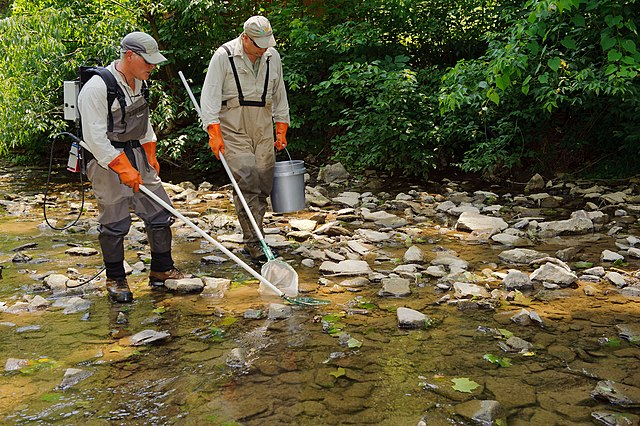 Chapter 1: Introduction provides an overview of the major concepts in environmental science. The authors of this chapter are experts in their respective science disciplines and contributed content accordingly. The module addresses the interdisciplinary nature of environmental science, the biosphere, biodiversity, demography, environmental hazards and waste, energy sources, agriculture, nutrient cycling, climate change, and environmental quality, ethics, and justice. The goal is to enhance your understanding of the world around you by expanding on scientific concepts and impacts of human behavior on the environment. The above image shows Environmental Protection Agency (EPA) employees conducting a biological stream assessment (Public Domain: EPA).
Chapter 1: Introduction provides an overview of the major concepts in environmental science. The authors of this chapter are experts in their respective science disciplines and contributed content accordingly. The module addresses the interdisciplinary nature of environmental science, the biosphere, biodiversity, demography, environmental hazards and waste, energy sources, agriculture, nutrient cycling, climate change, and environmental quality, ethics, and justice. The goal is to enhance your understanding of the world around you by expanding on scientific concepts and impacts of human behavior on the environment. The above image shows Environmental Protection Agency (EPA) employees conducting a biological stream assessment (Public Domain: EPA).
Upon completion of this module, you will be able to:- Trace the history of environmental science at local and global levels, the role of environmental science as an interdisciplinary subject, and interrelationships with other Science, Technology, Engineering, and Mathematics (STEM) fields. (Course Outcome(s) #1)
- Define characteristics of all living beings (biota) based on the six kingdoms, their role in ecosystems, and their interaction with non-living (abiotic) factors, including the hydrologic cycle and the biogeochemical cycle of major elements (C, N, P, and S). (C. O. #7, 8)
- Describe renewable and non-renewable energy resources. (C.O. # 4)
- Identify environmental hazards and describe their toxic effects. (C.O. # 6)
- Differentiate between biological, physical, and chemical stressors in the environment, and their effects on biodiversity and natural resources. (C. O. # 3)
- Explain the role of human beings in modifying ecosystems, and human impacts on global warming, agriculture, food, nutrition, starvation, and environmental justice. (C.O. # 9, 10)
To achieve these objectives:- Read the Module 1 Introduction.
- Read Chapter 1 in Pressbooks.
- Complete the Introduce Yourself Discussion and Chapter 1 Focused Reading Quiz.
Note the check boxes to the right that help you track your progress: some are automatic, and some are manual.
Module Pressbooks Resources and Activities
You will find the following resources and activities in this module at the Pressbooks website. Click on the links below to access or complete each item.
- Trace the history of environmental science at local and global levels, the role of environmental science as an interdisciplinary subject, and interrelationships with other Science, Technology, Engineering, and Mathematics (STEM) fields. (Course Outcome(s) #1)
-

Water is a very important commodity for human life and survival. We need to consume it to stay alive and use it to clean our food, utensils, clothes, bodies, and surrounding to prevent disease. Unfortunately, this same water is responsible for about 80% of all diseases in developing countries and over three million deaths a year globally. Soil is an essential and one of the crucial oikos (home) of living organism. Its composition determines the distribution of plant, animal species also determines the physical and chemical nature of rocks, landforms, and rivers. The major natural water flows are controlled by soil type and also flow of water and chemical components between atmosphere and hydrosphere are sole determined by soil. It is also a source of many gasses (such as oxygen and carbon-dioxide). Soil not only has a profound effect on human civilization but also influence the economic and cultural heritage of that particular location. Soil holds the food prints of the past and agriculture shapes the economic growth of land life (Mishra et al. 2012). Atmosphere refers to the layer of gases that surrounds Earth and is held in place by Earth’s gravitational attraction (gravity). The mix of gases in the atmosphere forms a complex system organized into layers that together support life on Earth. It is therefore very important that we understand why these important commodities can be vital and at the same time cause so much harm. This chapter is devoted to the availability and quality of water, soil and air. Water, soil and air quality will be defined as the physical, chemical and biological properties of these vital components of the environment that impact its intended use. This definition recognizes that quality designations of any can vary depending on the purpose it is serving.
Upon completion of this module, you will be able to:- Explain the hydrologic cycle and its importance for living organisms.
- Classify the different types of water and their availability for human consumption.
- Explain the world's environmental need for water management to prevent water scarcity.
- Identify how water is being polluted.
- Explain how burning fossil fuel contribute to pollutants in the environment.
- Acknowledge how air quality management is important for a clean and healthy atmosphere.
- Read the Module 2 Introduction.
- Read Chapter 2 in Pressbooks.
- Complete the Chapter 2 Focused Reading Quiz.
Module Pressbooks Resources and Activities
You will find the following resources and activities in this module at the Pressbooks website. Click on the links below to access or complete each item.
-
Opened: Sunday, December 17, 2023, 10:26 PMDue: Sunday, December 17, 2023, 10:26 PM
Instructions
This assignment addresses course outcome(s) X and module learning objective(s) X
Explain how (a) water, soil, and air are interrelated and (b) their critical role on living beings. (Points: 10; Word limit: 100 – 125; please do manual spell check before submission on Canvas).
-
 Biodiversity refers to the variety of living species on Earth. It encompasses a vast network of both simple and complex organisms, with estimates ranging from about five million to one trillion and beyond. This network provides nature with clean water, air, fertile soil, climate control, possible remedies, food and nutrition, recreation and restoration, and stimulated inspiration. However, this important living network is vulnerable and in danger. Millions of plant and animal species are at risk of extinction and/or gradual elimination. The intensive extraction of certain components of biodiversity in the name of growth and development has greatly impacted our ecological and natural living equilibrium. To avoid irreversible natural disasters, the decline of biodiversity must be stopped immediately. This will provide time and the much-needed opportunity to restore biological complexities, and ecosystems that have been impacted. The image shows how animal and plant species interact with inorganic and organic components in the Earth's ecosystems (Image: Waneene C. Dorsey, Grambling State University).
Biodiversity refers to the variety of living species on Earth. It encompasses a vast network of both simple and complex organisms, with estimates ranging from about five million to one trillion and beyond. This network provides nature with clean water, air, fertile soil, climate control, possible remedies, food and nutrition, recreation and restoration, and stimulated inspiration. However, this important living network is vulnerable and in danger. Millions of plant and animal species are at risk of extinction and/or gradual elimination. The intensive extraction of certain components of biodiversity in the name of growth and development has greatly impacted our ecological and natural living equilibrium. To avoid irreversible natural disasters, the decline of biodiversity must be stopped immediately. This will provide time and the much-needed opportunity to restore biological complexities, and ecosystems that have been impacted. The image shows how animal and plant species interact with inorganic and organic components in the Earth's ecosystems (Image: Waneene C. Dorsey, Grambling State University).
Upon completion of this module, you will be able to:- Describe methods and techniques used to measure and assess biodiversity, including species richness, species abundance, and diversity indices.
- Identify and analyze various threats to biodiversity, such as habitat loss, pollution, climate change, invasive species, and overexploitation.
- Discuss and evaluate conservation strategies and management practices aimed at preserving biodiversity, such as protected areas, habitat restoration, sustainable resource management, and captive breeding programs.
- Identify techniques for monitoring population dynamics, distribution, and abundance of species.
- Read the Module 3 Introduction.
- Read Chapter 3 in Pressbooks.
- Complete the Chapter 3 Focused Reading Quiz.
-
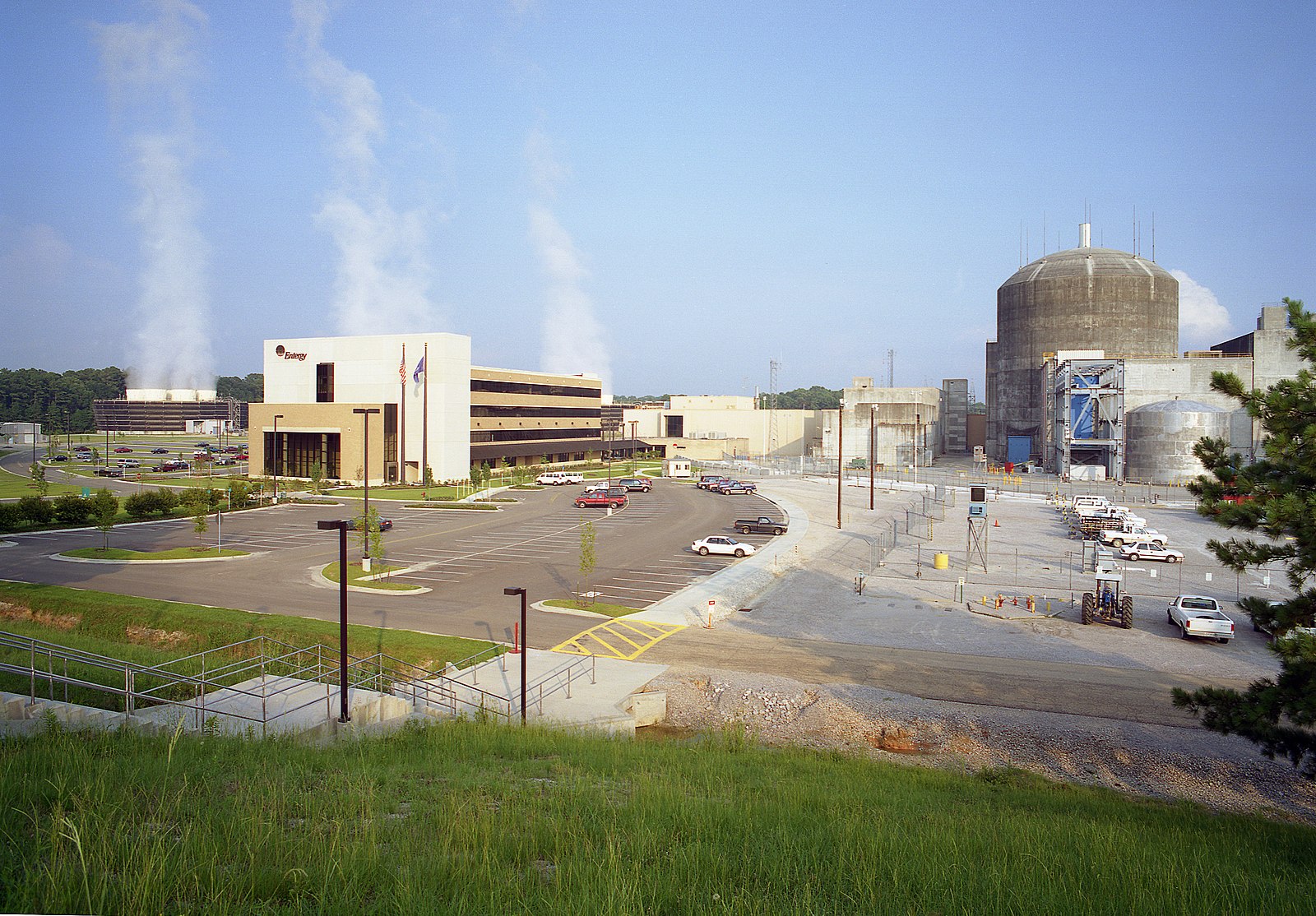
Living organisms need energy to perform life-sustaining “work” to survive. For nearly all living systems on Earth, the sun is the ultimate source of that energy. Over time, we humans have developed an understanding of energy that has allowed us to harness it for uses well beyond basic survival. The development and evolution of human society are largely attributed to our relationship with energy. The first major advancement in human understanding of energy was the mastery of fire for cooking and heating. Modern civilization is especially dependent on energy and some of its most distinct characteristics such as population growth, environmental impact, and climate change are all a consequence of energy use. We use energy to heat and light our homes; power our machinery; fuel our vehicles; produce plastics, pharmaceuticals, and synthetic fibers; and provide the comforts and conveniences to which we have grown accustomed in the industrial age. Societal complexity, affluence, and the gap between poor and rich people are all directly related to our level of energy consumption.
Energy are central aspects of our modern society and being able to comprehend and understand them is essential for addressing the global challenges of climate change, energy security, and environmental sustainability and preservation. The world is hungrier than ever for energy as the global human population is growing at a rate of 1.1% per year. Per capita energy consumption today averages just 2.5 kW worldwide. Lifting all of humanity to the current US standard of living by 2100—an average of 9.5 kW per person, probably a conservative projection—thus, means generating more than 51 TW of energy on top of everything we already produce today. To meet such demands, many projects are currently in progress. There are 5,000+ active energy projects in the Middle East and Africa estimated at over USD 2 trillion (ADIPEC 2023 Report).
Upon completion of this module, you will be able to:- Define energy and explain its properties.
- List specific examples of non-renewable energy sources.
- Describe the types of non-renewable sources utilized for energy extraction and how these sources are formed.
- Describe arguments for non-renewable energy.
- List specific examples of renewable energy sources.
- Describe the advantages and disadvantages of renewable energy sources (i.e., solar, wind, hydroelectric, and geothermal)
- Describe arguments for renewable energy.
- Explain innovative practices of energy implementation in the digital age.
To achieve these objectives:
- Read the Module 4 Introduction
- Read Chapter 4 in Pressbooks.
- Complete the Chapter 4 Focused Reading Quiz.
-
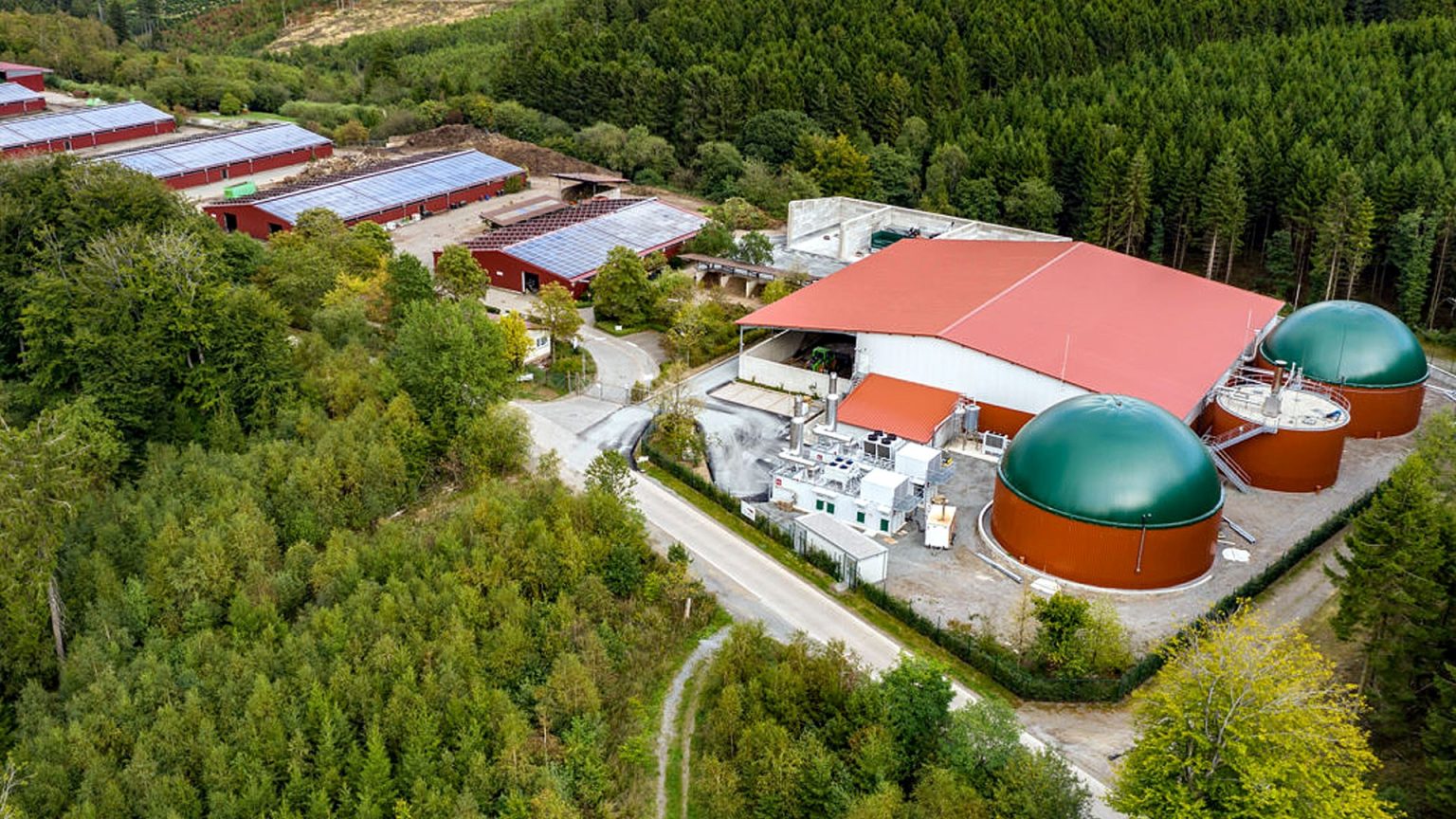
Waste from various sources is an increasing concern for the environment as the amount of waste we produce daily is enormous. Biodegradable waste is substances that can be decomposed or degraded by microorganisms and other living organisms. These substances are mainly added to the environment from plant and animal sources. Some biodegradable substances are decomposed easily in the natural environment, and some take a long time to degrade. Non-biodegradable waste is mainly inorganic substances such as plastics, cans, chemicals, bottles, etc. Both biodegradable and non-biodegradable waste has some adverse effect on the environment as both cause pollution that makes our habitat inhabitable. Billions of tons of waste are generated every year. In this chapter, we are going to discuss the type of biodegradable and non-biodegradable waste produced as industrial waste, commercial waste, agricultural waste, domestic waste, and municipal waste in terms of long-term and short-term consequences that are left behind for us to deal with. Also, the various strategies that have been undertaken by international, government, and non-government organizations to reduce and manage these waste materials.
To replace image, double click the image placeholder. Select 300–400 pixels wide, and update the description of image. Include attribution of your image (Title, Author, Source, License).Upon completion of this module, you will be able to:- Critique biodegradable and non-biodegradable substances that are constantly being added to the environment.
- Explain the amount of biodegradable waste produced by humans from agriculture and non-agricultural sources.
- Describe different kinds of non-biodegradable substances that are increasing in our environment.
- Explain the importance of plastic pollution as nanoplastics are creating a different level of pollutants in our environment.
- Explain environmental pollutants in terms of organic and inorganic substances and cumbersome metal generation.
- Describe how municipality waste is becoming an environmental hazard.
- Examine overall waste management strategies taken by the government and non-profit organizations.
- Read the Module 5 Introduction
- Read Chapter 5 in Pressbooks.
- Complete the Chapter 5 Focused Reading Quiz.
-

A wide range of environmental hazards we come across in almost all habitats and public and private properties including, but not limited to, the work place, construction areas, parks and recreational areas, industries, and living beings. All living beings experience them directly or indirectly in their habitats – local, state, regional, national, and international. Environmental hazards can also be classified into three interrelated categories (biological, chemical, and physical) based on the properties of their causes and interactive behavior. For example, indoor air pollution is both a traditional and chemical hazard; a flood and global warming are primarily physical hazards, but they can lead to the spread of waterborne disease (a biological hazard), increased levels of greenhouse gases such as carbon dioxide, methane, etc., (chemical hazards); infectious diseases (biological hazards) can also weaken the immune system, making an individual more vulnerable to chemical hazards. The diverse kinds of interactive environmental stressors and their hazards are narrated below.
Toxicology deals with a variety of chemical hazards that operate over longer periods of time (rather than as events), and they include climatic factors and many kinds of chemical and thermal pollution. Depending on the intensity of exposure, organisms may suffer acute toxicity resulting in tissue damage or even death, or a less-obvious chronic damage that results in decreased productivity (source: B. Freedman). For instance, excessive levels of sulfur dioxide emit from the industries into the atmosphere will reduce the productivity of vegetation and its quality or even loss of vegetation.
Upon completion of this module, you will be able to:- Describe the various types of environmental hazards.
- Explain the causes of hazards and how biota respond to changes in ecosystems.
- Differentiate natural and anthropogenic hazards with examples.
- Explain the differences among various types of environmental hazards.
- Explain the most common natural and man-made hazards in the state of Louisiana.
To achieve these objectives:
- Read the Module 6 Introduction
- Read Chapter 6 in Pressbooks.
- Complete the Chapter 6 Focused Reading Quiz.
- Complete the assignment and discussion questions.
-
Forum Instructions
In a post below, respond to the following prompt, which assess(es) course outcome(s) X and module learning objective(s) X [linked to outcomes/objectives chapter in syllabus]. Then, you must respond to (X) of your classmates' posts. After you post a response, you will be able to see other responses. You are not required to post more than once, but feel free to respond to other posts and engage with your classmates[Edit previous three sentences to suit forum function/requirements].
Your [first] post is due on [day of week] by [time] CST. Your response to another student is due on [day of week] by [time] CST. [Adjust for number of posts required.]
Your response should be at least [length requirement in words, sentences, or paragraphs] long. This includes responses to other students' posts. [Include previous sentence if necessary.] A simple “I agree” or “Yes” or “LOL” will not count. Please think about the questions and your peers' responses and reply thoughtfully and courteously, according to netiquette rules. Use good English grammar, correct punctuation, and complete sentences. While the posts will mostly be judged by their thoughtfulness and completeness, I reserve the right to take off points for grammatical errors, especially if they interfere with the clarity of the post. [Edit as needed.]
Prompt
Watch the YouTube video ( ) completely and discuss the role of water quality, lead (Pb), bacteria, and humans in Flint, Michigan, hazardous situation. (Points: 20; Word limit for your own response: 100 – 125; Word limit for your critique on one of your peer’s response: 50-70; Please do manual spell check before submission on Canvas). Discussion will be graded following the rubric.
Details:
A forum for discussion promotes peer-to-peer and student-instructor interaction. Questions should be thought provoking and encourage detailed analysis of module topics. Include a rubric.
If you do not want students to see other responses before they post, set type to "Q and A forum." For this type, you must create a post first for students to respond.
Subscription: Set to Auto.
Due dates: You cannot set due dates for forums, so be sure to tell students when to post above. These dates will not appear on the Moodle calendar.
Ratings: will place the forum in the gradebook. You can set a maximum grade. Restricting ratings to a date range only affects when you can grade, and not when the activity is available to students.
Activity completion: You can select completion criteria and an expected completed date.
-
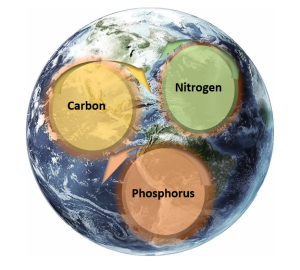
Biochemical cycles refer to the processes through which essential elements are circulated among all living organisms on Earth. Once common elements move through the atmosphere, lithosphere, and biosphere, they can take on various chemical forms. Six elements are consistently recycled in organic molecules, namely: carbon, hydrogen, nitrogen, oxygen, phosphorus, and sulfur. These elements play a vital role in sustaining life on Earth. For instance, carbon is a key element that forms the backbone of organic macromolecules. Nitrogen, on the other hand, is a critical component of nucleic acids such as DNA and RNA and is important for agriculture. Phosphorus is a key constituent in the backbone of the DNA and RNA structures. Hydrogen and oxygen can be found in water as it changes forms as a liquid, vapor, or ice. Lastly, sulfur is the main constituent of protein and is also released through different layers of the ecosystem. The picture shows how carbon, nitrogen, and phosphorus nutrients are in a continuous cycle on the planet Earth. (Image: Waneene C. Dorsey, Grambling State University).
Upon completion of this module, you will be able to:
- Explain what nutrients are and give examples.
- Discuss the concept of nutrient cycling and describe important compartments and fluxes.
- Describe factors that affect the development of major soil types.
- Describe the cycles of carbon, nitrogen, phosphorus, and sulfur.
To achieve these objectives:- Read the Module 7 Introduction
- Read Chapter 7 in Pressbooks.
- Complete the Chapter 7 Focused Reading Quiz.
- Complete the assignment and discussion questions.
-

In this section, we will discuss how the natural greenhouse effect on Earth helps to keep the planet's surface warm and the role played by greenhouse gases (GHGs) in this process. GHGs work by reducing the rate at which Earth can release the absorbed solar radiation, thereby maintaining the temperature of the planet. However, the concentration of GHGs, especially carbon dioxide, has been increasing due to human activities, which can potentially intensify the greenhouse effect and cause global warming. This change could have severe consequences for the environment as well as the human economy and natural ecosystems. (Image: Global Warming Protest. Girl holding a sign to highlight global warming in the Global Climate Strike in Atlanta, March 15, 2019. Photograph by Paul Becker, Wikimedia Commons, CC-By-2.0.
Upon completion of this module, you will be able to:
- Outline the physical basis of Earth’s greenhouse effect and describe how human influences may be causing it to intensify.
- Explain the term greenhouse gas (GHG).
- Describe how the various GHGs vary in their effectiveness and influence on the greenhouse effect.
- Identify which GHGs have been increasing in concentration in the atmosphere and give the reasons for those changes.
- Explain the probable climatic consequences of an intensification of the greenhouse effect and describe possible economic and ecological effects.
Discuss strategies for reducing the intensity of the human influence on the greenhouse effect.
- Read the Module 8 Introduction
- Read Chapter 8 in Pressbooks.
- Complete the Chapter 8 Focused Reading Quiz.
- Complete the assignment and discussion questions.
Module Pressbooks Resources and Activities
You will find the following resources and activities in this module at the Pressbooks website. Click on the links below to access or complete each item.
-
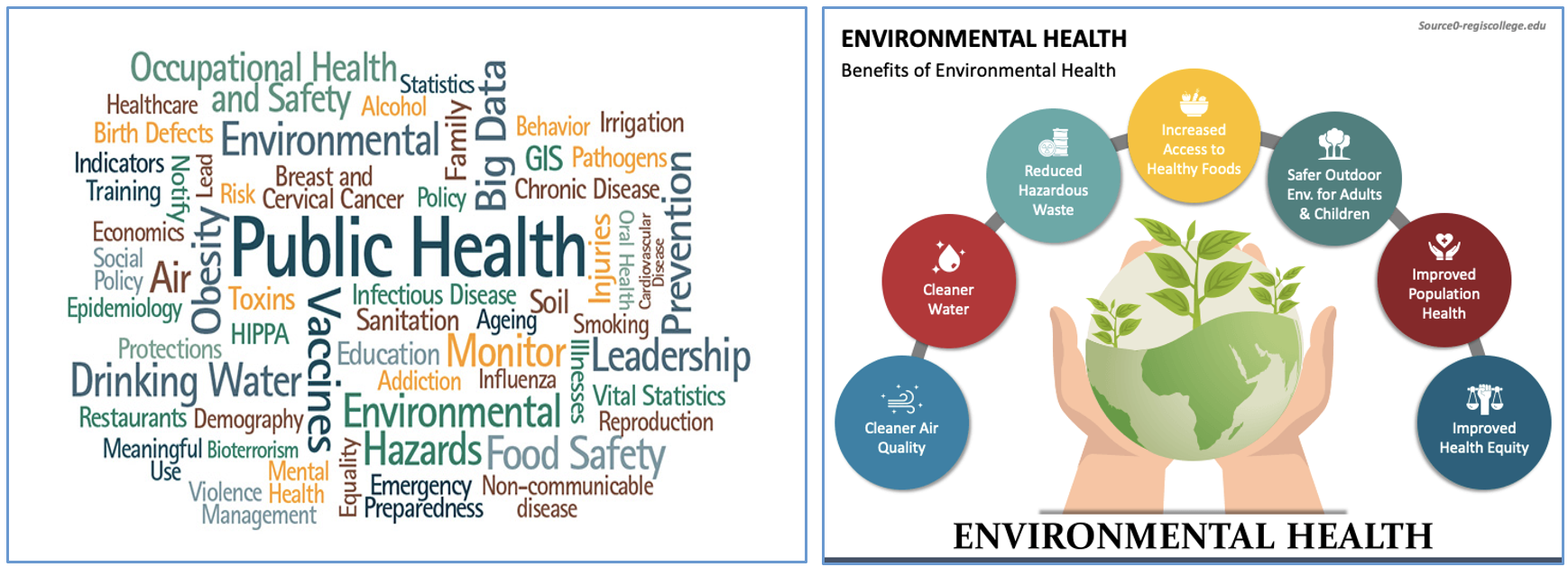
Public health is a very broad field that covers several fields of science, technology, mathematics, engineering, nutrition, health, transportation, education, medicine, politics, environmental health, hazards, infectious diseases, pandemics, the quality of air, soil, and water, etc. All these fields interact with each other and inter-dependent on the quality of other fields at any given point of time. Hence, public health is considered as model interdisciplinary subject. (Additional sources: ; ).
Upon completion of this module, you will be able to:
- Explain the difference between environmental health and public health.
- Describe how environmental factors interact in soil, water, air, and living beings.
- Explain how environmental pollution impacts public health.
- Explain how environmental and public health relates to the economy.
- Explain the role of government on environmental and public health.
- Read the Module 9 Introduction.
- Read and view the materials in the Module 9.
- Read Chapter 9 in Pressbooks.
- Complete the Chapter 9 Focused Reading Quiz.
- Complete the posted assignments and discussion topics.
Module Pressbooks Resources and Activities
You will find the following resources and activities in this module at the Pressbooks website. Click on the links below to access or complete each item.
-
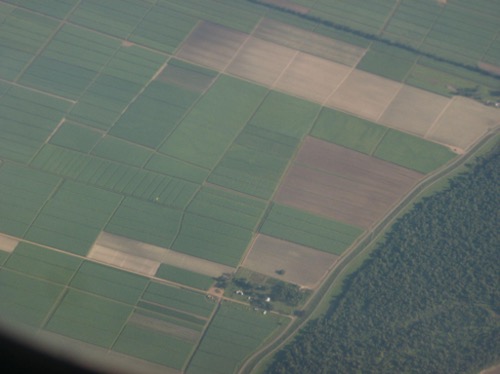
Agriculture was probably first practiced in the Fertile Crescent, a region of southwestern Asia that includes parts of what are now Iran, Iraq, Israel, Jordan, Lebanon, Syria, and Turkey. Similar developments likely occurred at about the same time in China, although the archaeological evidence is less clear. Other cultures discovered the benefits of agriculture later through the domestication of local species of plants and animals (for instance, in parts of Central America, western South America, and New Guinea). However, in other regions, domesticated species were mostly imported from elsewhere, as occurred in Australia, Europe, and North America. (Image Attribution: Ken Lund, CC BY-SA 2.0 via Flickr, September 9, 2009)
Upon completion of this module, you will be able to:
- Define domestication and relate it to humans, crops, and livestock.
- List the most important plants and animals in agriculture; provide an overview of the management systems used in their cultivation.
- Explain how organic agriculture uses a more ecological approach to the cultivation of crops.
- Explain the difference between macronutrients and micronutrients.
- Explain the four pillars of food security.
- Provide an overview of the factors leading to global starvation and malnutrition.
- Describe global, national, and state strategies to address nutrition challenges.
- Identify nutritional connections between human health and environmental factors.
To achieve these objectives:- Read the Module 10 Introduction
- Read Chapter 10 in Pressbooks.
- Complete the Chapter 10 Focused Reading Quiz.
- Complete the assignment and discussion questions.
Module Pressbooks Resources and Activities
You will find the following resources and activities in this module at the Pressbooks website. Click on the links below to access or complete each item. -

As the closing chapter of this textbook, it is imperative to discuss the social and economic impacts related to the covered environmental topics in chapters 1–10. This section defines environmental justice and the need for implementing it in all spaces. This section also highlights case studies demonstrating environmental inequities. (Image Source: Ivan Radic licensed CC BY 2.0)
Upon completion of this module, you will be able to:
- Explain the significance of environmental justice in the context of environmental science.
- Define environmental ethics and how communities are affected in decision-making.
- Differentiate between the environmental worldviews.
- Explain significant incidents of environmental injustice (i.e., environmental racism).
- Explain the interconnectedness of social, economic, and environmental factors relating to environmental justice.
To achieve these objectives:
- Read the Module 11 Introduction.
- Read Chapter 11 in Pressbooks.
- Complete the Chapter 11 Focused Reading Quiz.
- Complete the assignment and discussion questions.
Module Pressbooks Resources and Activities
You will find the following resources and activities in this module at the Pressbooks website. Click on the links below to access or complete each item.
-
 In this module you will take your midterm exam/exam # [choose one] OR submit your midterm assessment for this course.
Read the instructions carefully and take note of any special submission guidelines.
In this module you will take your midterm exam/exam # [choose one] OR submit your midterm assessment for this course.
Read the instructions carefully and take note of any special submission guidelines. NOTE: Include this module for each exam or major assessment, edited as needed. Include attribution of your image (Title, Author, Source, License).
Upon completion of this module, you will have:
- Read and viewed the [midterm assessment name] instructions
- Scheduled your exam with the proctoring service [if applicable, delete if not needed]
- Prepared for and submitted your midterm assessment [revise as needed]
To achieve these objectives:
- Read and view the contents of "Exam Information and Instructions" [if applicable, delete if not needed]
- Review the [midterm assessment] guidelines in your syllabus to make sure you are ready. Click on [Title of Assessment below] and follow the instructions.
- Log in to the proctoring service and take your exam. [if applicable, delete if not needed]
-

In this module you will take your final exam/submit your final assessment [choose one] for this course. Read the instructions carefully and take note of any special submission guidelines.
To replace image, double click the image placeholder. Select 300–400 pixels wide, and update the description of image. Include attribution of your image (Title, Author, Source, License).Upon completion of this module, you will have:
- Read and viewed the final assessment instructions
- Scheduled your exam with the proctoring service [if applicable]
- Prepared and submitted your final assessment
To achieve these objectives:
- Read and view the contents of the module book "Exam Information and Instructions" [if exam only]
- Review the final assessment guidelines in your syllabus to make
sure you are ready. Click on [Title of Assessment below] and follow the instructions.
- Log in to the proctoring service and take your exam. [if exam only]
